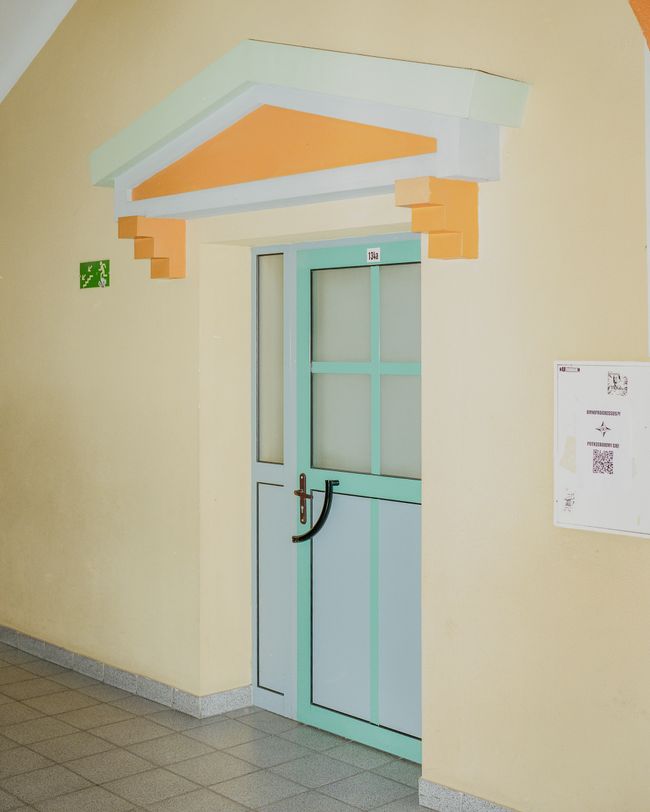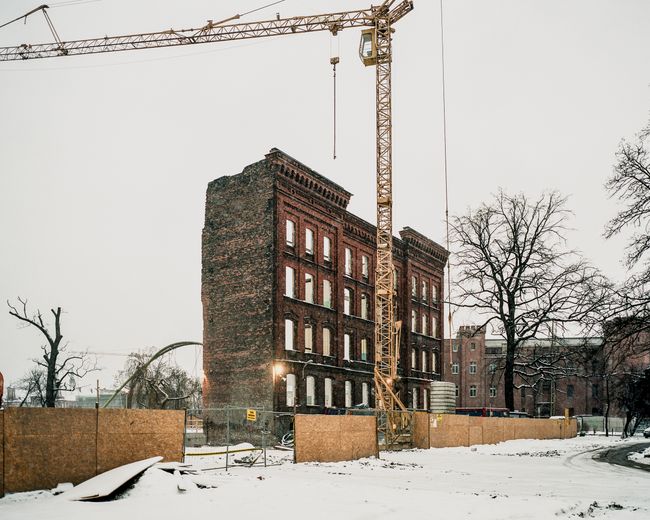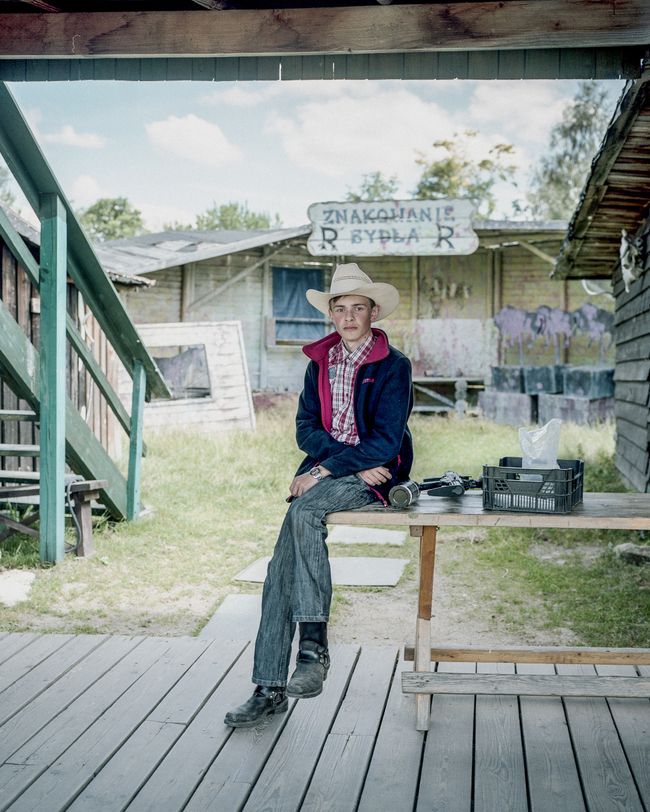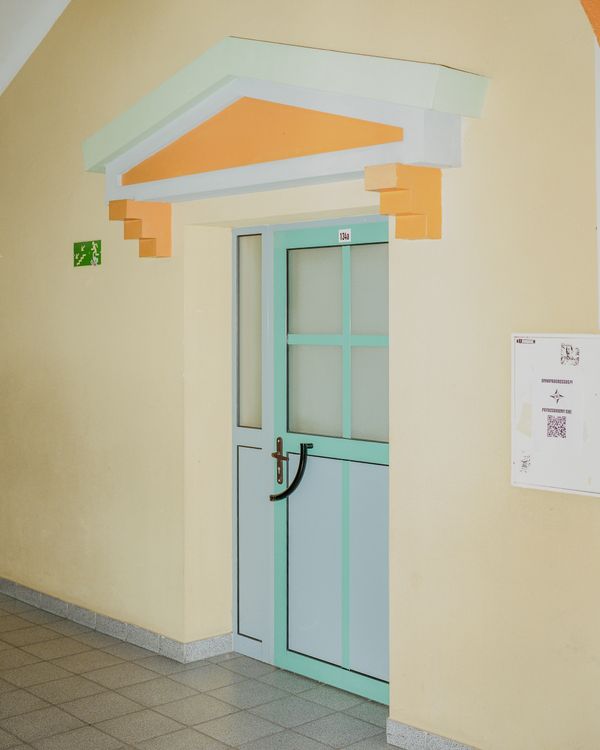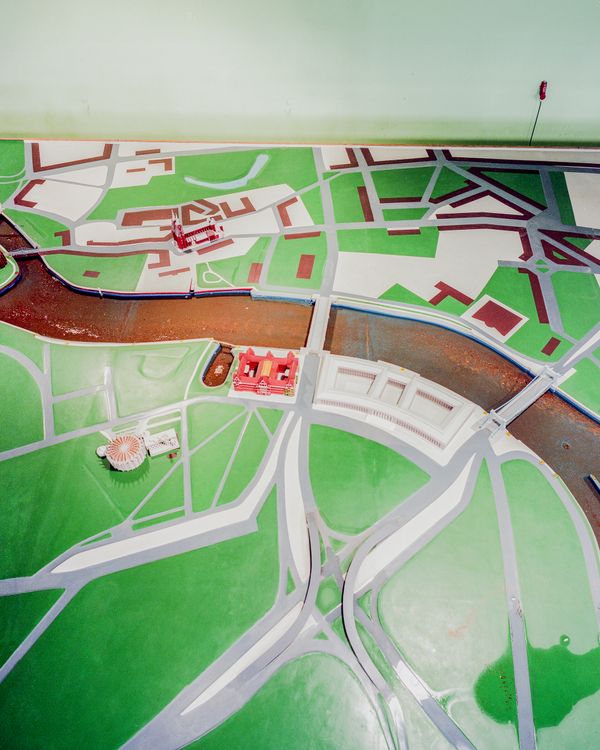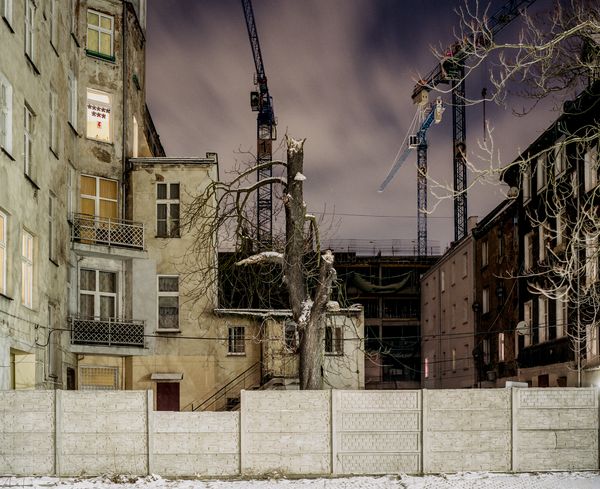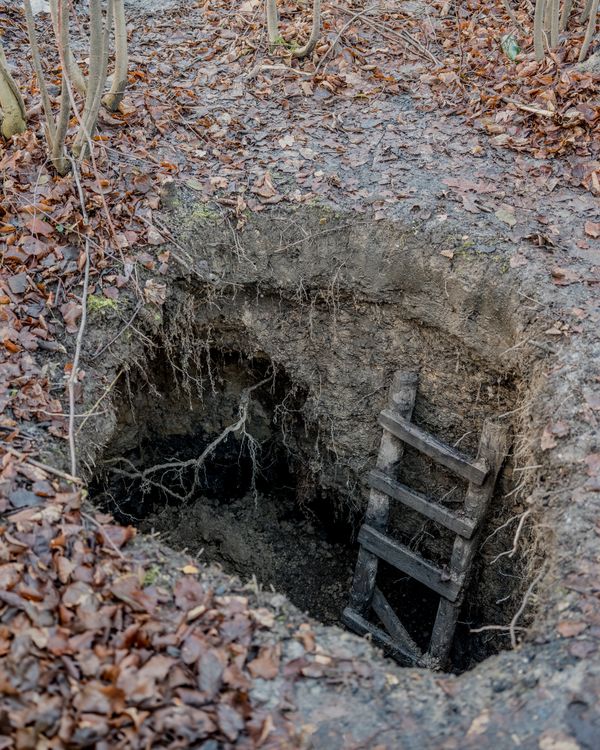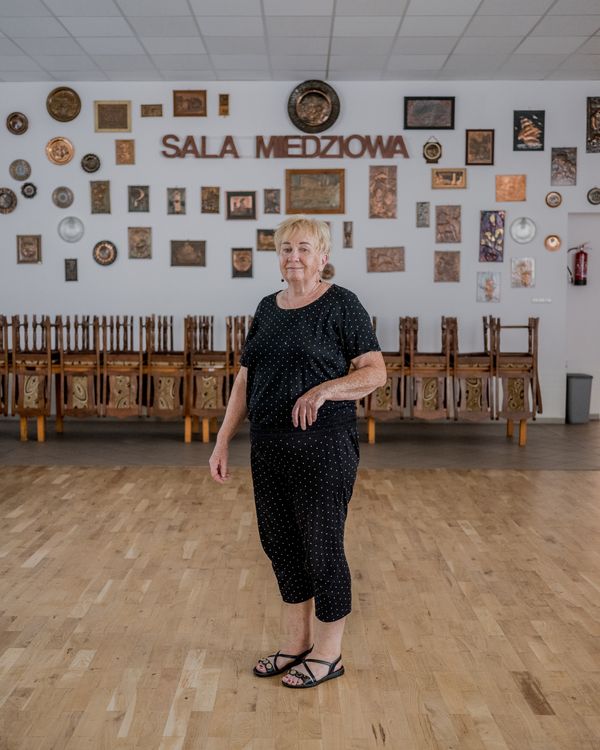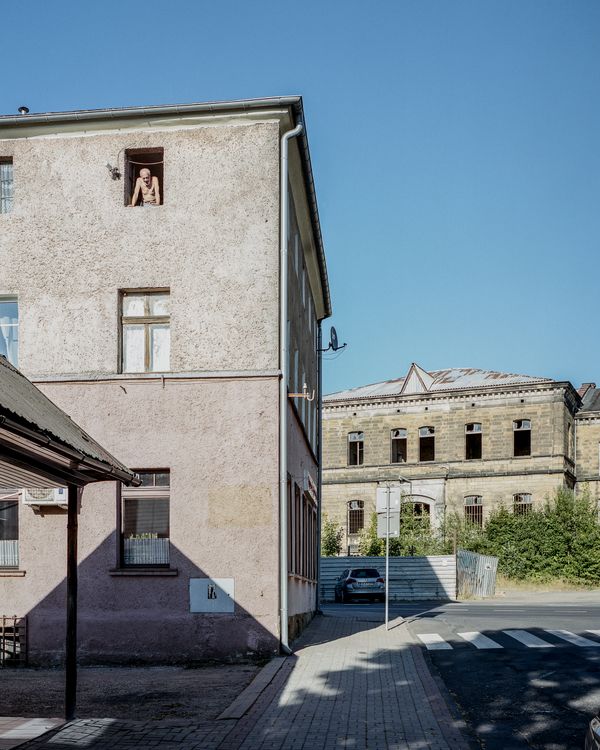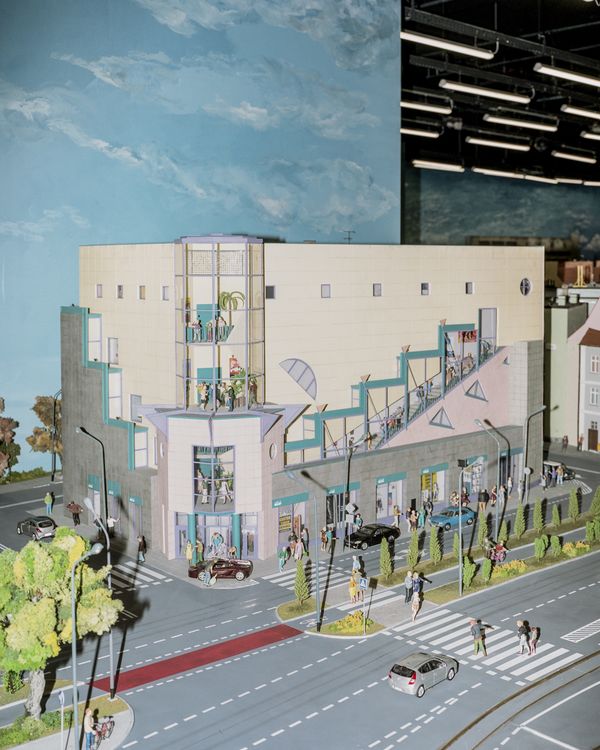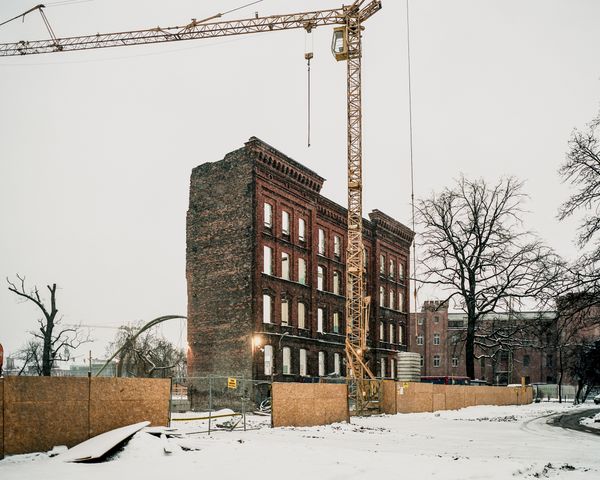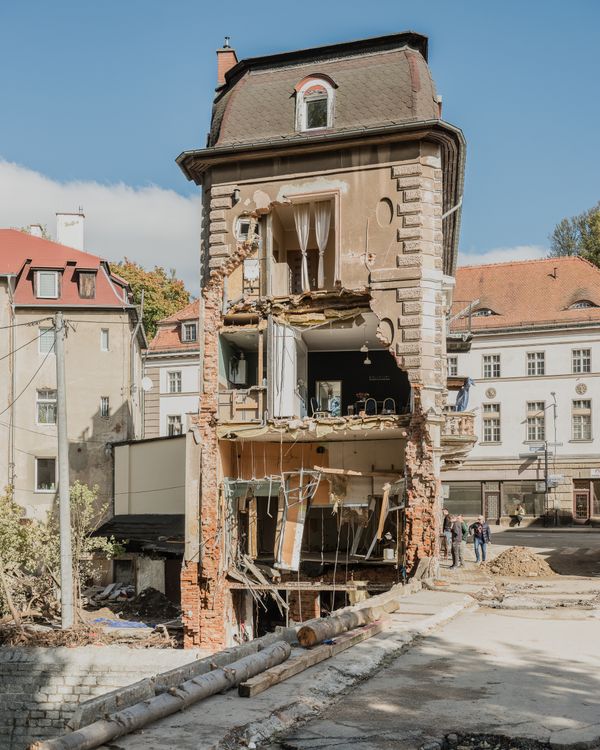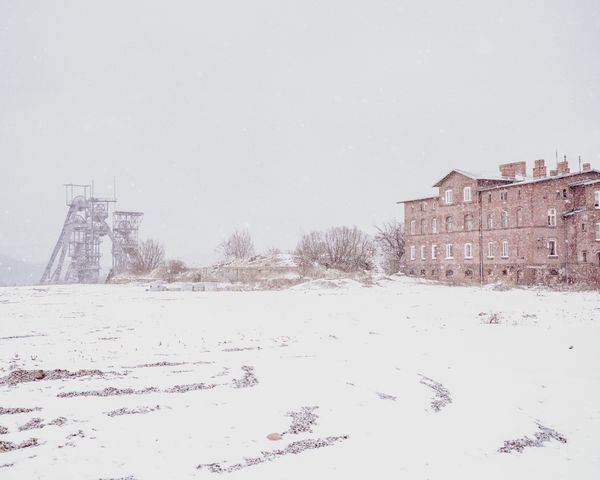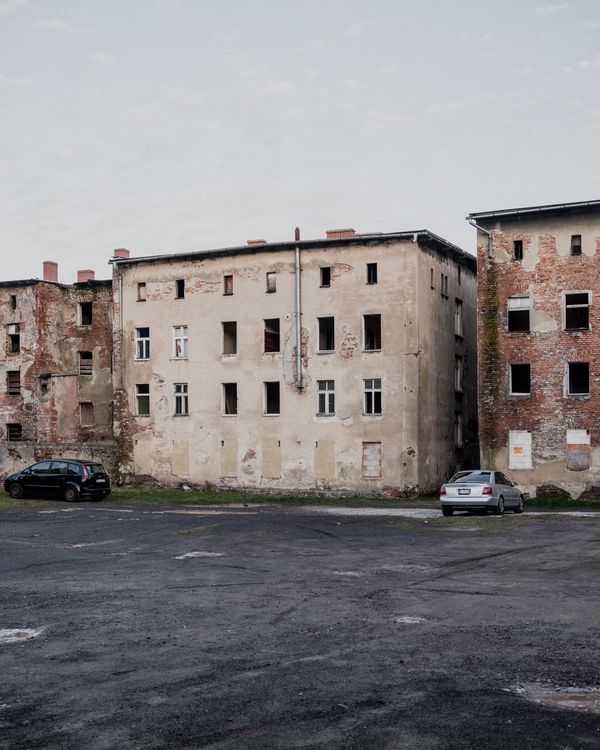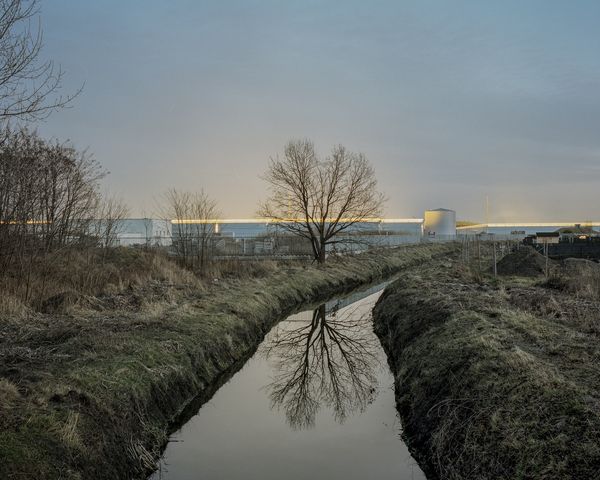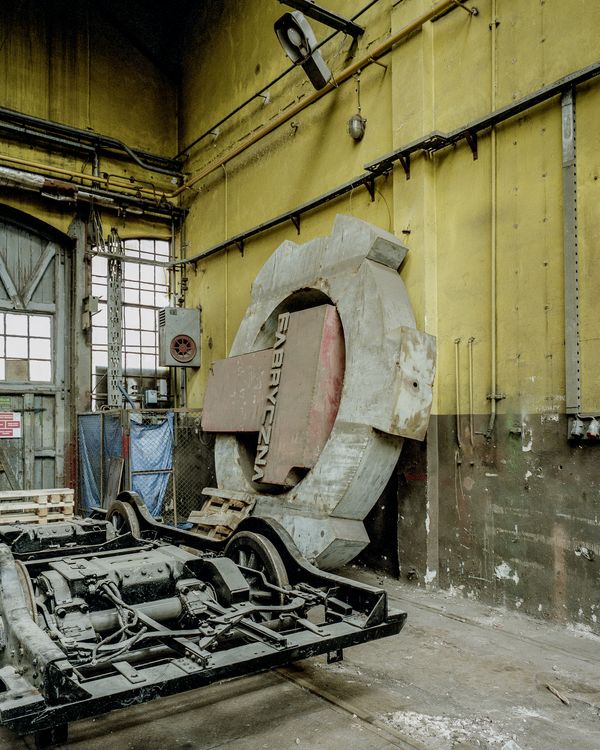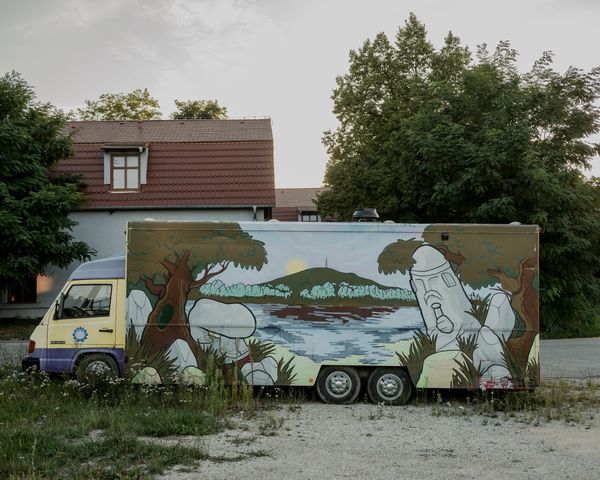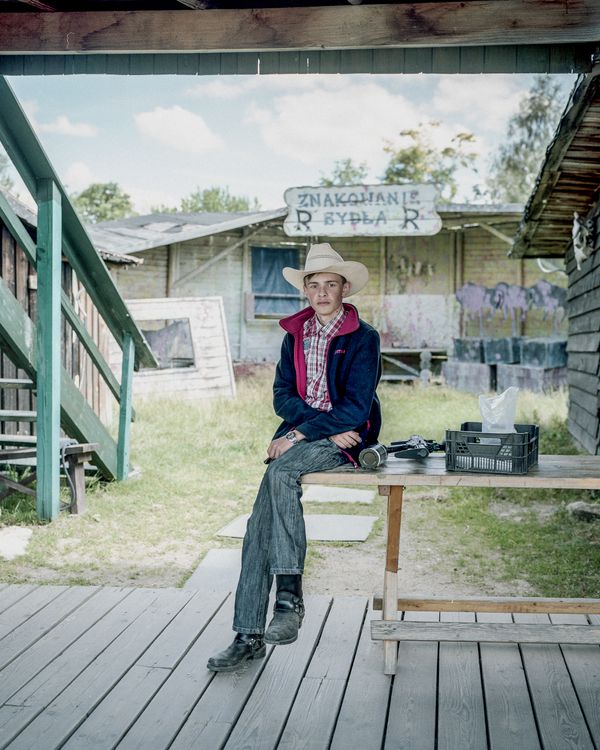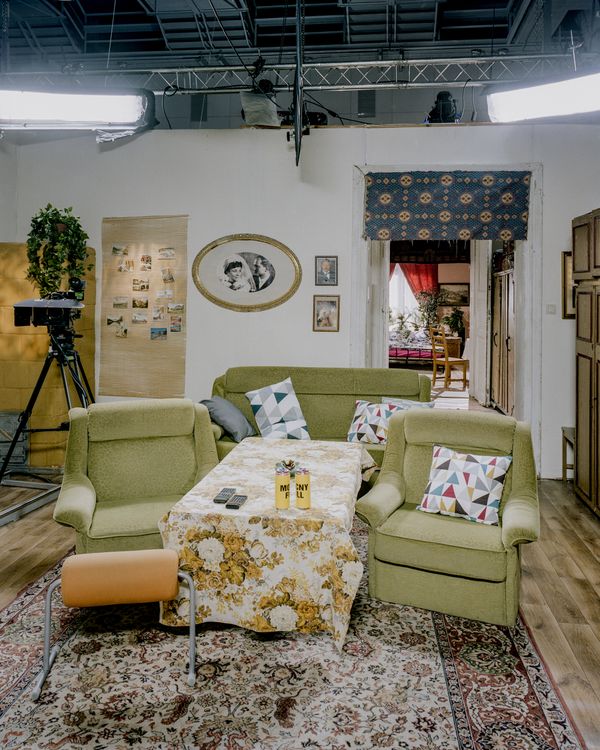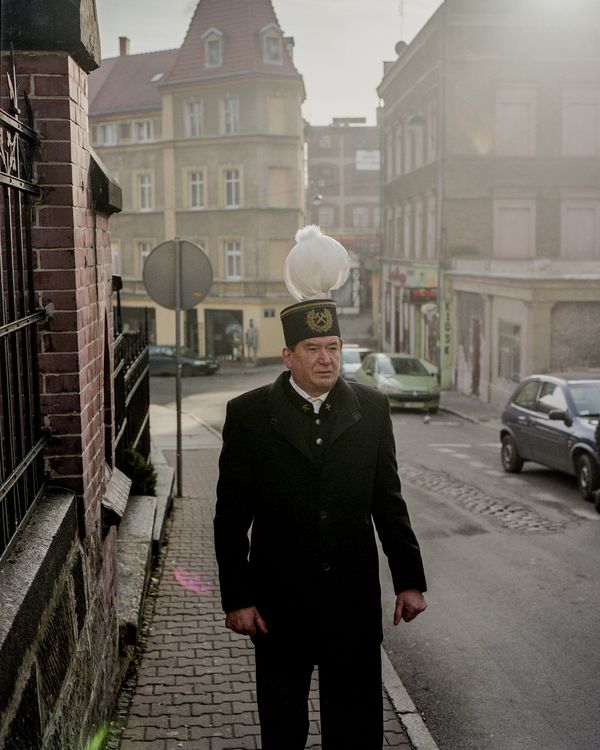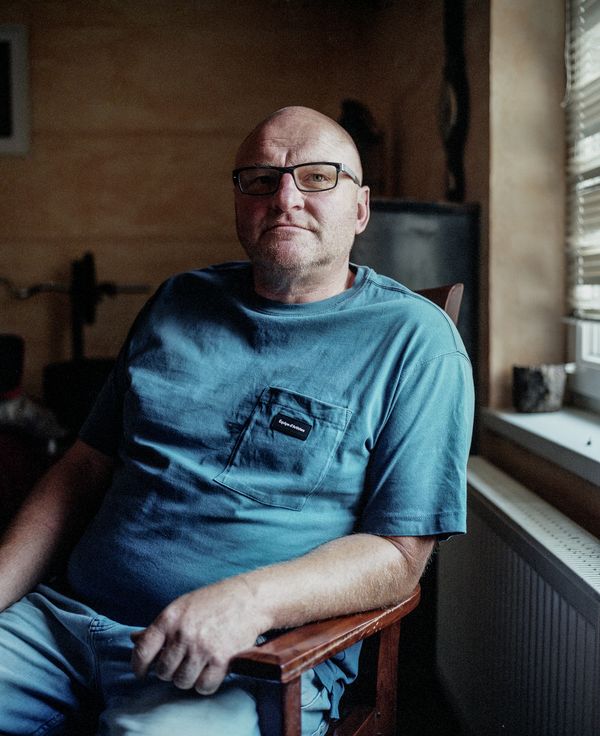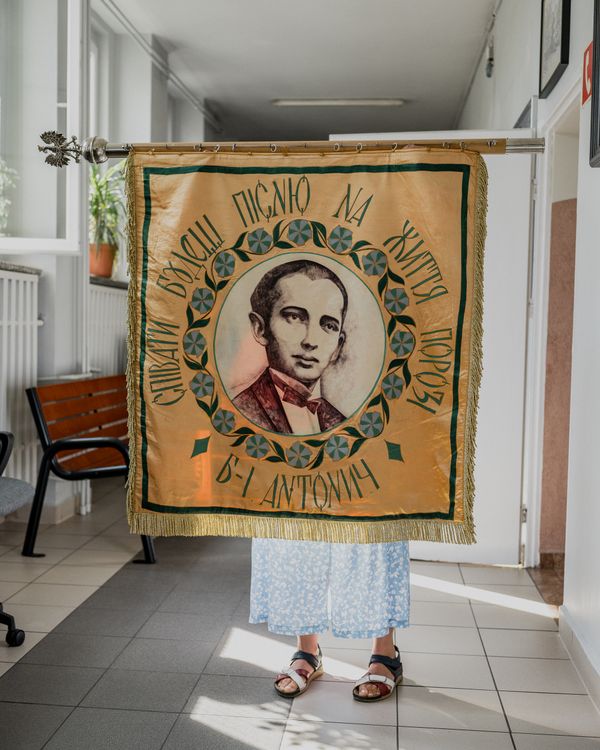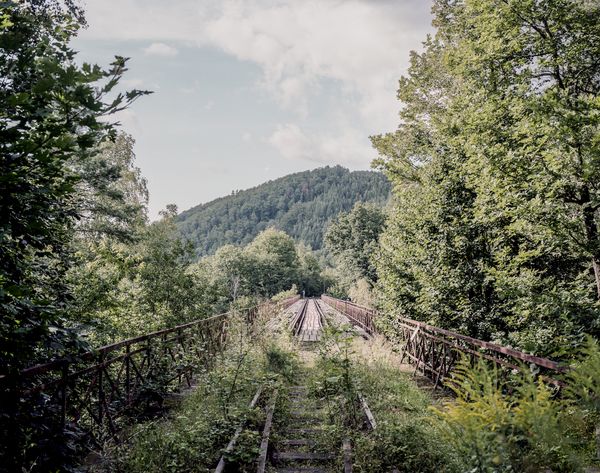Anew
-
Dates2013 - Ongoing
-
Author
- Locations Lower Silesian Voivodeship, Wrocław, Poland, Wałbrzych
Long-term documentary on Lower Silesia – a territory that became a part of Poland after WW2 – and identities that formed there since.
Anew is a documentary project about the contemporary landscape of Lower Silesia – a region in Poland that passed into Polish hands after World War II. As part of the so-called Recovered Territories, the region has experienced the intersection of over a thousand years of history and the need to rewrite its identity, largely as part of an organised, propaganda effort. Settled by repatriates and migrants, multicultural Lower Silesia quickly became an important industrial center of the Polish People's Republic, and over time. also an important center of resistance against the communist government. A hotbed of cultural movements, Wrocław – the capital of the region – was demographically the youngest city in Poland. The changes of 1989 erased much of the industrial heritage, once again forcing a change in the narrative. Currently, Lower Silesia and its capital are a mosaic of mutually exclusive and overlapping historical narratives that represent, on a micro scale, broader, global problems. For the last 75 years, it has been at the same time an economic resource, loot that could be recovered by previous owners, a question mark, and a new home for those migrating from the East. What is it now? What is the sum of stories in the plural?
After a long period of uncertainty about the future of this region, only the cataclysm of the Millennium Flood in 1997, according to Wrocław sociologists, was to highlight the development of the full identity of Polish Lower Silesia and its inhabitants, which was presented in the defense of the city against water. The topic of Anew is the shape of this identity. Everything that happened in Lower Silesia between 1945 and 1997 and later – from industrialization, the collapse of industry and economic and social changes resulting in one of the largest economic stratifications in the country, through the legacy of the alternative cultural scene having its roots in the 1960s, by clashing the myth of the origins of the city's multiculturalism with the growing communities of migrants from Ukraine, Belarus and Korea and new religious movements, constitutes the core of the project. Lower Silesia is an area with special conditions – the identity written from scratch by former repatriates encounters social stratification, changes in the landscape and labor market, and economic migration.
